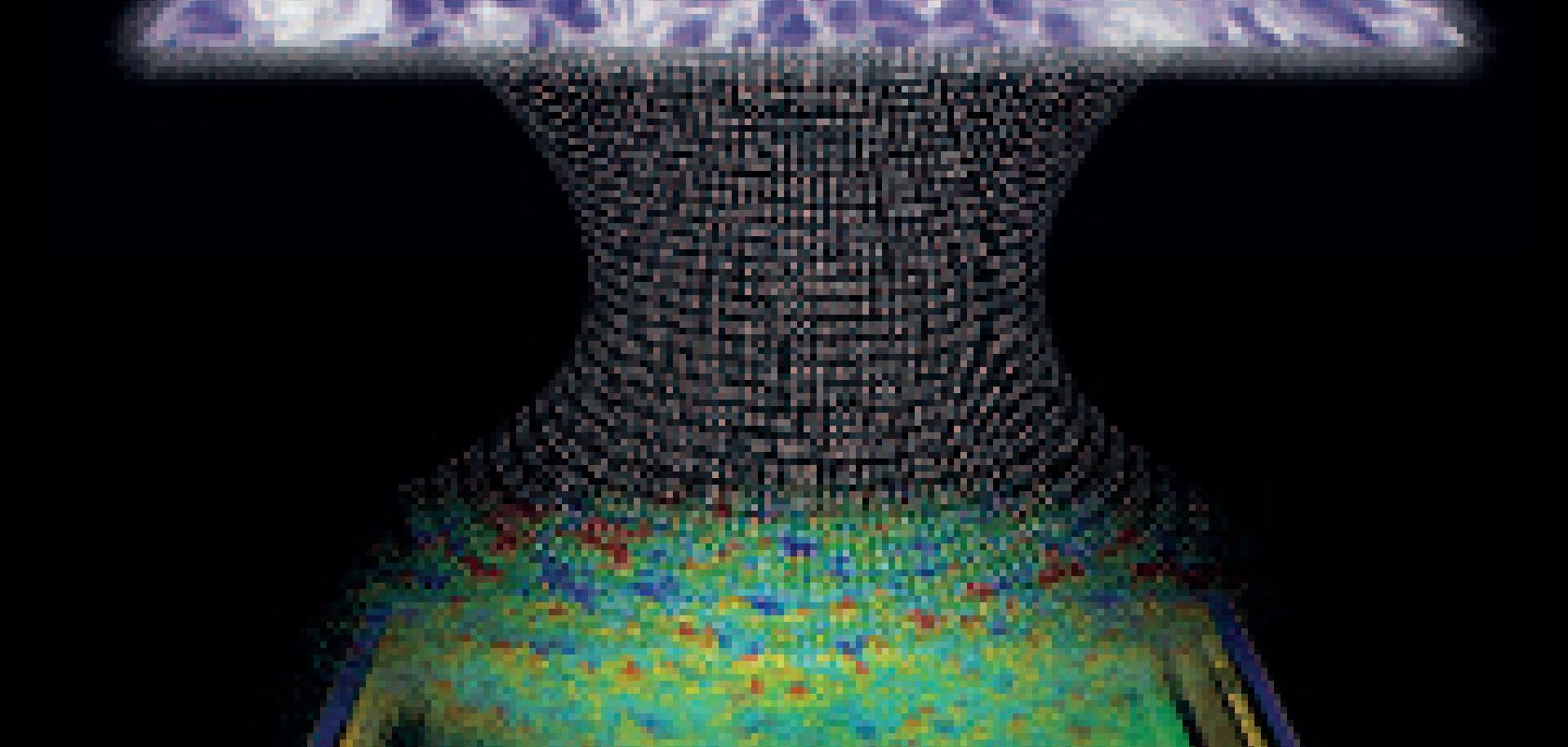A lens-free microscope has been developed that can be used to detect the presence of cancer or other cell-level abnormalities with the same level of accuracy as larger and more expensive optical microscopes.
The lens-free device, created by researchers from the University of California in the USA, could lead to less expensive and more portable technology for performing common examinations of tissue, blood and other biomedical specimens.
The lens-free microscope that can be used for high-throughput three dimensional tissue imaging – an important need in the study of disease – was described recently in the journal Science Translational Medicine.
‘This is a milestone in the work we’ve been doing,’ said Aydogan Ozcan, the associate director of UCLA’s California NanoSystems Institute and professor of Electrical Engineering and Bioengineering at the UCLA Henry Samueli School of Engineering and Applied Science. ‘This is the first time tissue samples have been imaged in 3D using a lens-free on-chip microscope.’
Speaking to Electro Optics, Professor Ozcan commented: ‘Our microscope provides the same level of quality as a state-of-the-art optical light microscope, and it has a significantly larger field of view (sample area), a simpler design, and it is more cost-effective. Therefore, it could provide a new alternative technology to rapidly create and share high quality digital images of pathology slides for inexpensive and rapid screening of cancer and other diseases.’
The device works by using a laser or LED to illuminate a tissue or blood sample that has been placed on a slide and inserted into the device. A sensor array on a microchip – the same type of chip that is used in digital cameras, including smartphone cameras – captures and records the pattern of shadows created by the sample.
The device processes these patterns as a series of holograms, forming three dimensional images of the specimen and giving medical personnel a virtual depth-of-field view. An algorithm colour codes the reconstructed images, making the contrasts in the samples more apparent than they would be in the holograms and making any abnormalities easier to detect.
Ozcan commented that the accuracy gained from the microscope is largely from improvements in computational reconstruction algorithms so that high quality images can be retrieved from dummy looking shadow patterns of tissue samples.
In a blind test, a board-certified pathologist analysed sets of specimen images that had been created by the lens-free technology and by conventional microscopes. The pathologist’s diagnoses using the lens-free microscopic images proved accurate 99 per cent of the time.
A major benefit of the lens-free device is that it produces images that are several hundred times larger in area than those captured by conventional bright-field optical microscopes, which makes it possible to process specimens more quickly. A field of view of 24mm2 is achievable with the microscope.
‘While mobile healthcare has expanded rapidly with the growth of consumer electronics – smartphones in particular – pathology is still, by and large, constrained to advanced clinical laboratory settings,’ Ozcan explained. ‘Accompanied by advances in its graphical user interface, this platform could scale up for use in clinical, biomedical, scientific, educational and citizen-science applications, among others.
‘Mobile health and global health is where I would like to channel these new microscopes,’ added Ozcan. ‘For example, a small nurse’s office that doesn’t have a pathologist on staff could transmit digital images created by our microscope to an expert in another city, or another country – forming a telemedicine network.’
The core IP behind the technology has been licensed by a start-up company called Holomic, founded by Professor Ozcan, and he said that commercialisation efforts are ongoing.
 Jessica Rowbury is a technical writer for Electro Optics, Imaging & Machine Vision Europe and Laser Systems Europe.
Jessica Rowbury is a technical writer for Electro Optics, Imaging & Machine Vision Europe and Laser Systems Europe.
You can contact her on jess.rowbury@europascience.com or on +44 (0) 1223 275 476.
Find us on Twitter at @ElectroOptics, @IMVEurope, @LaserSystemsMag and @JessRowbury.



